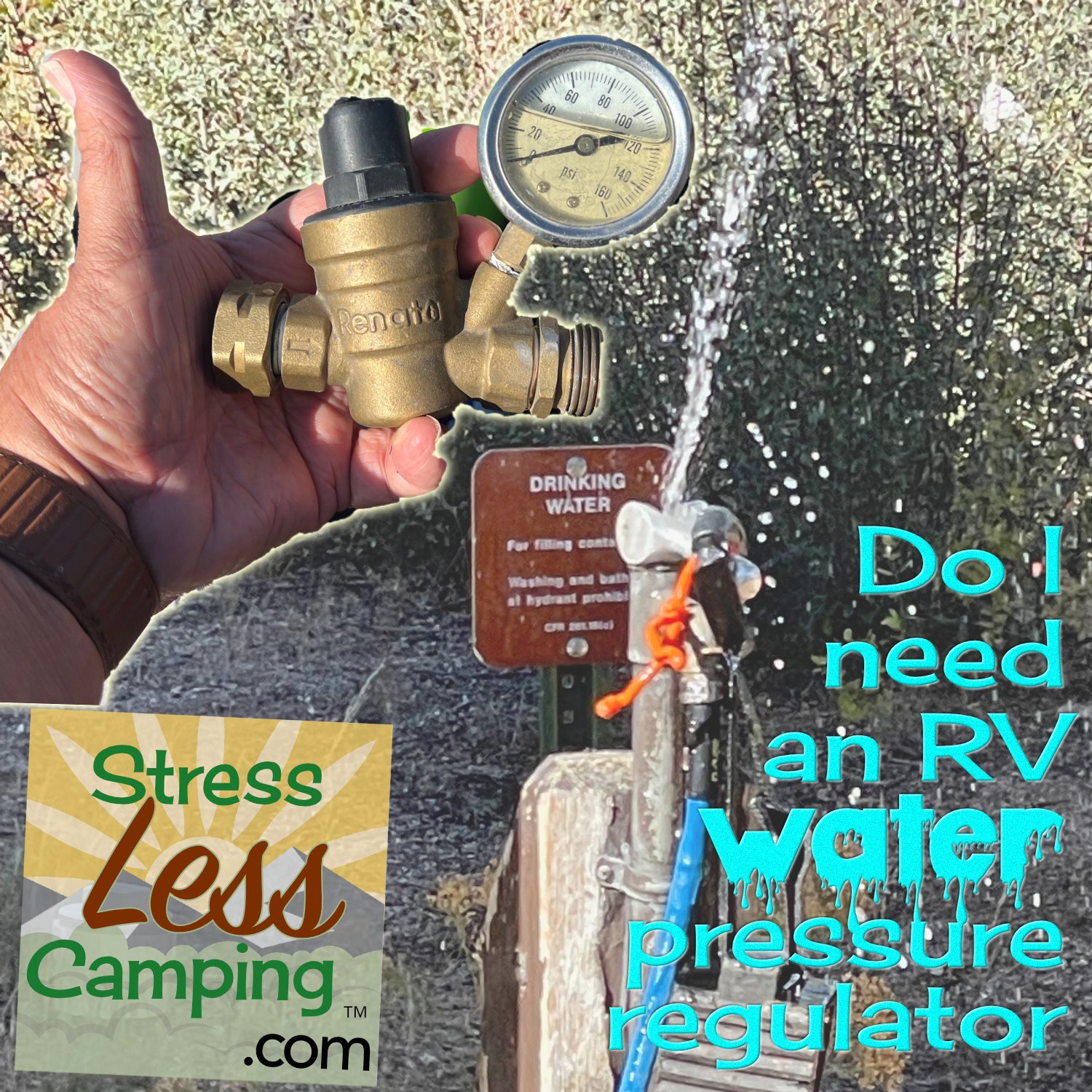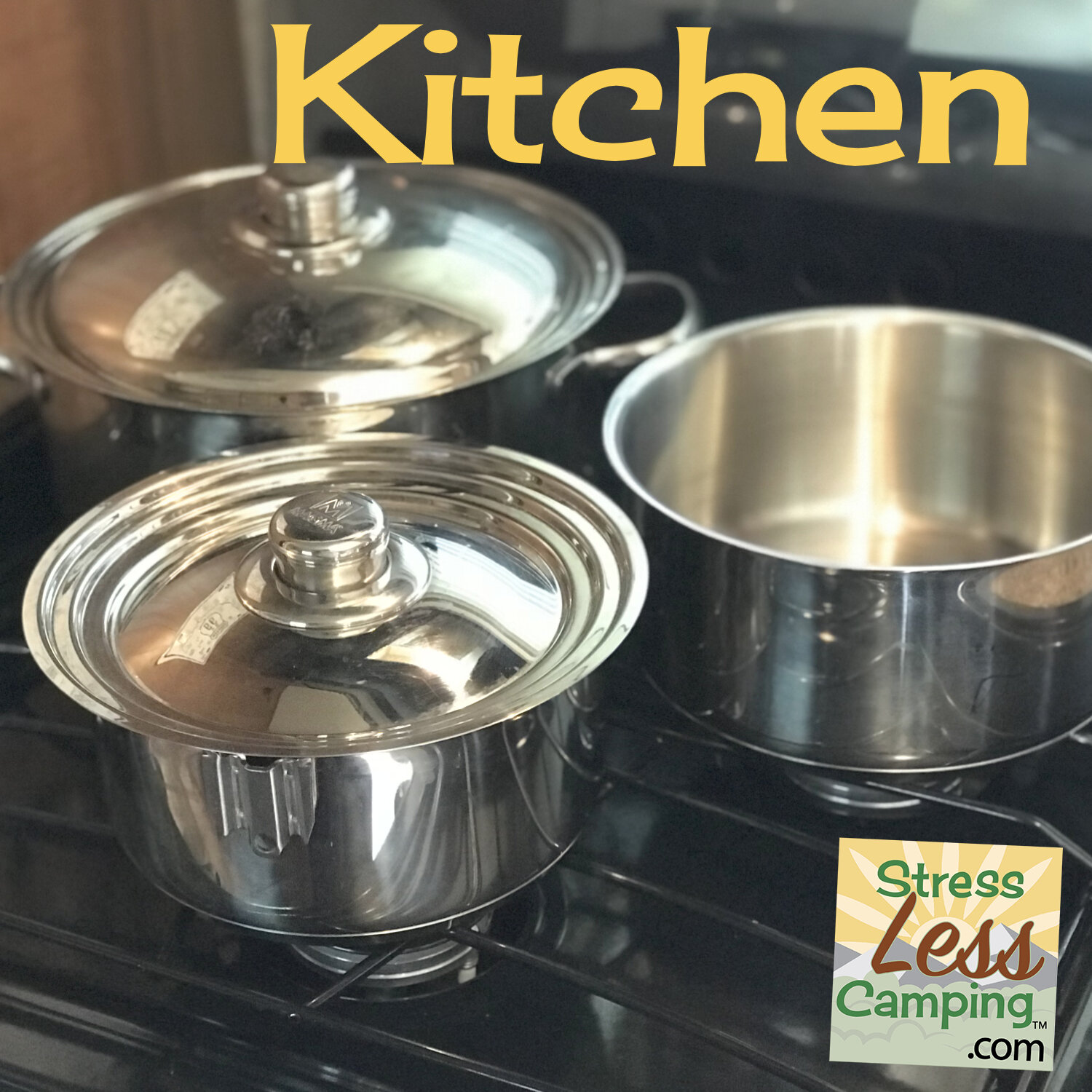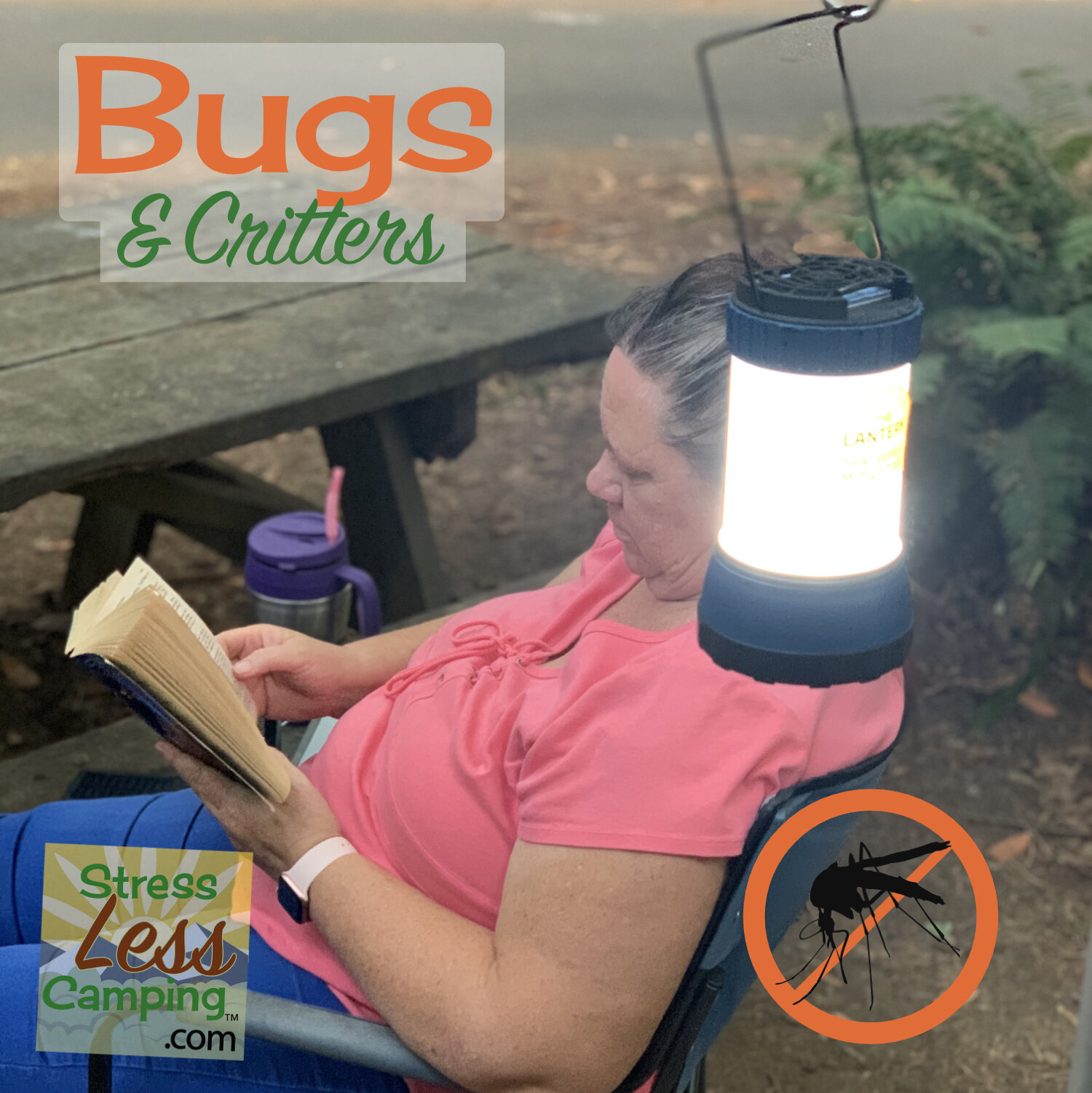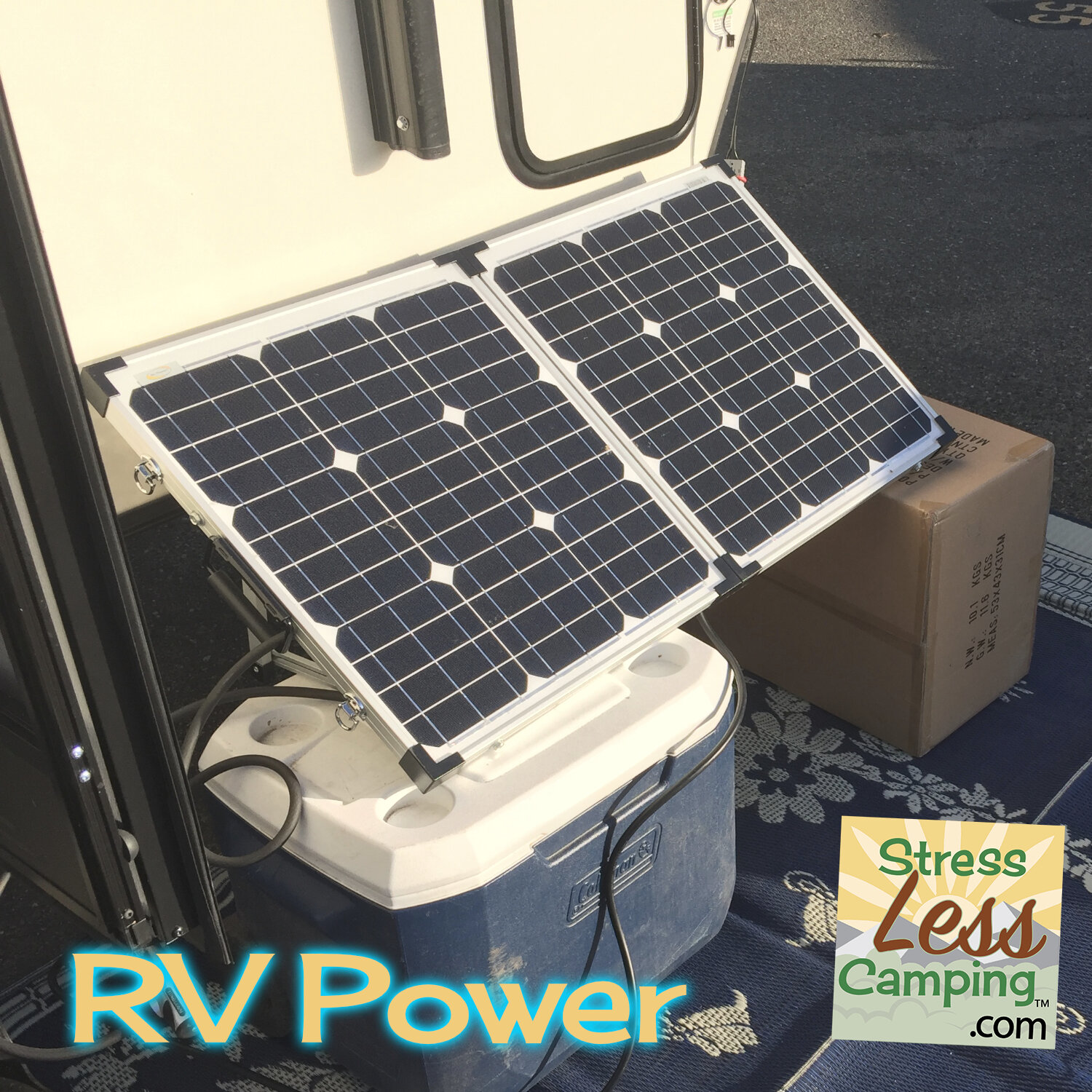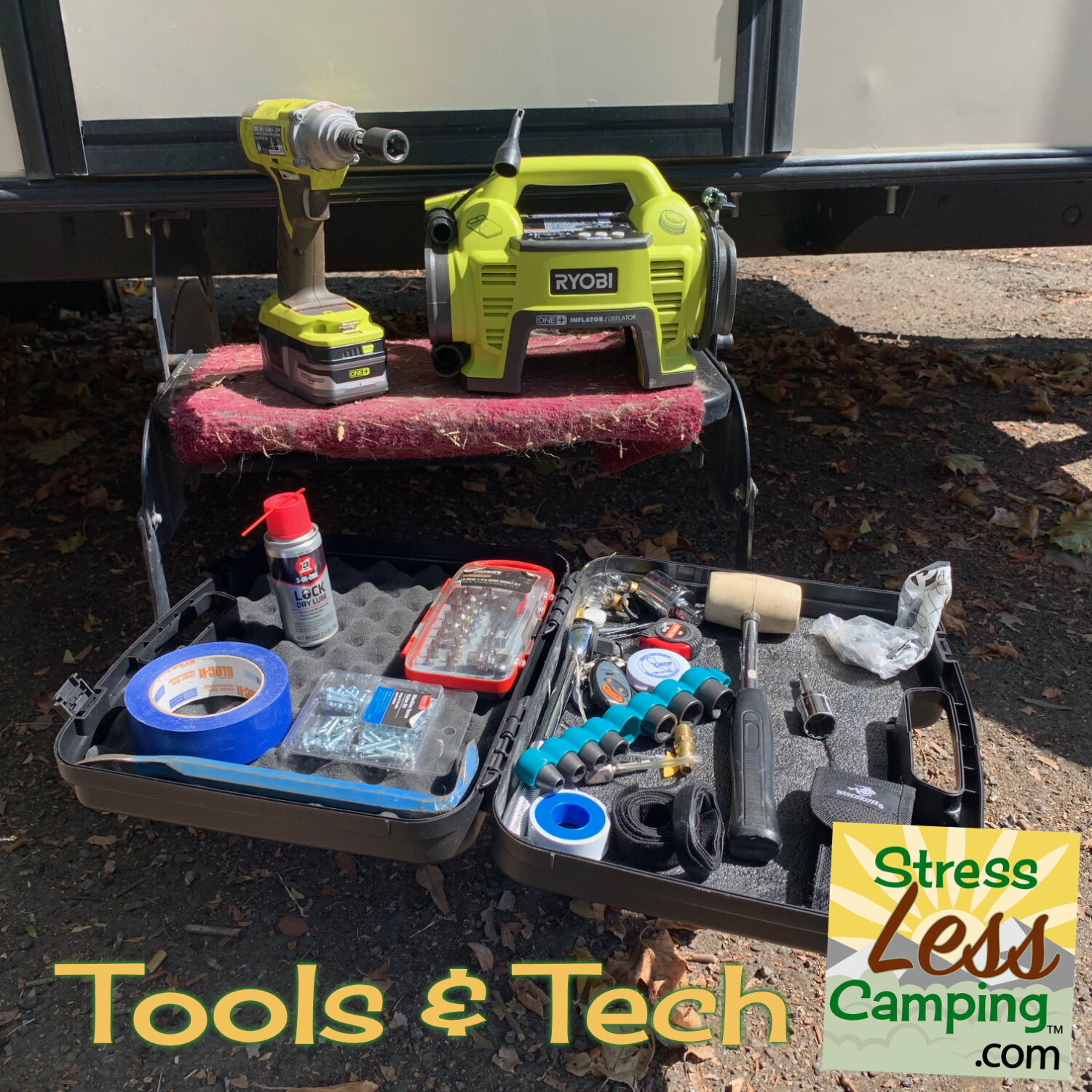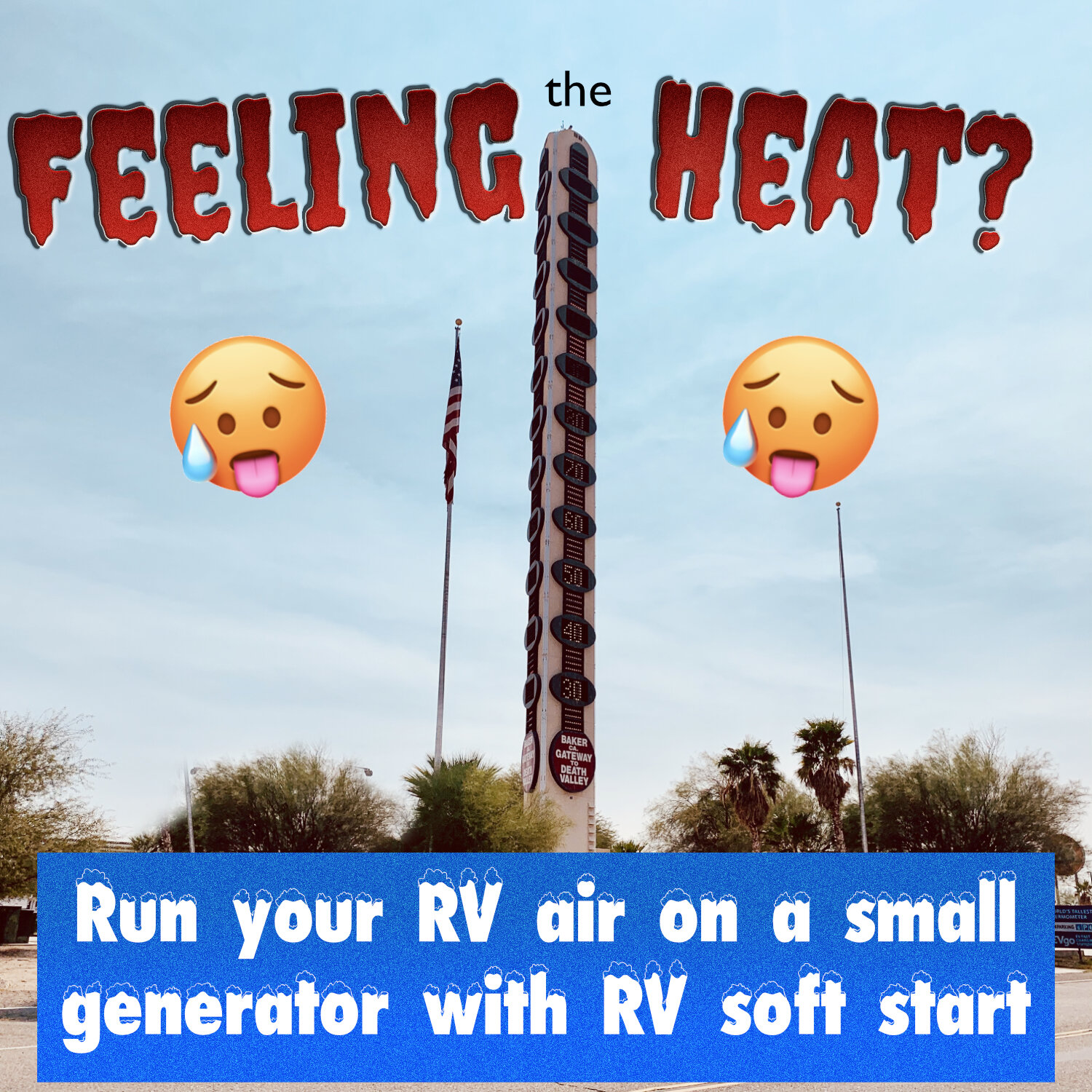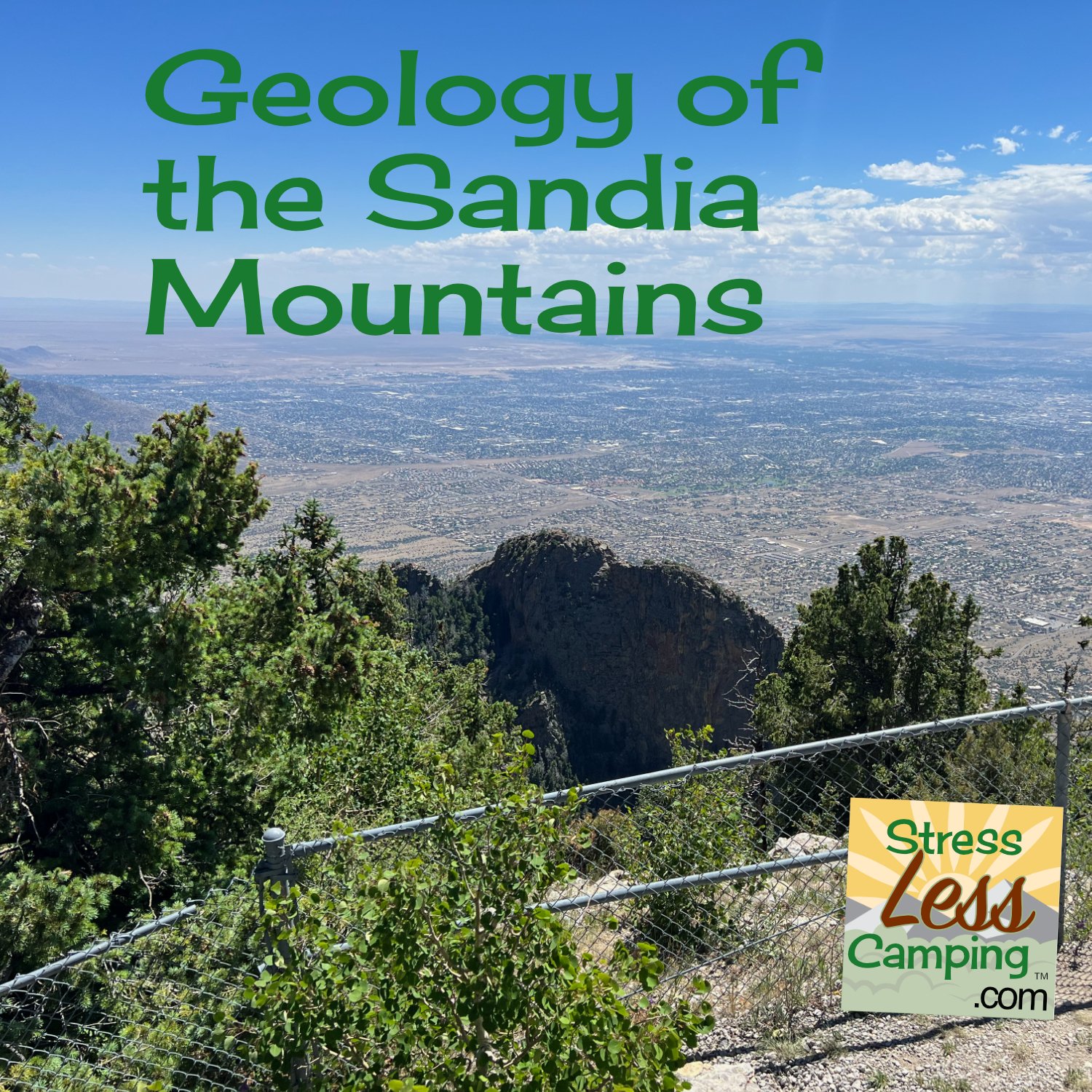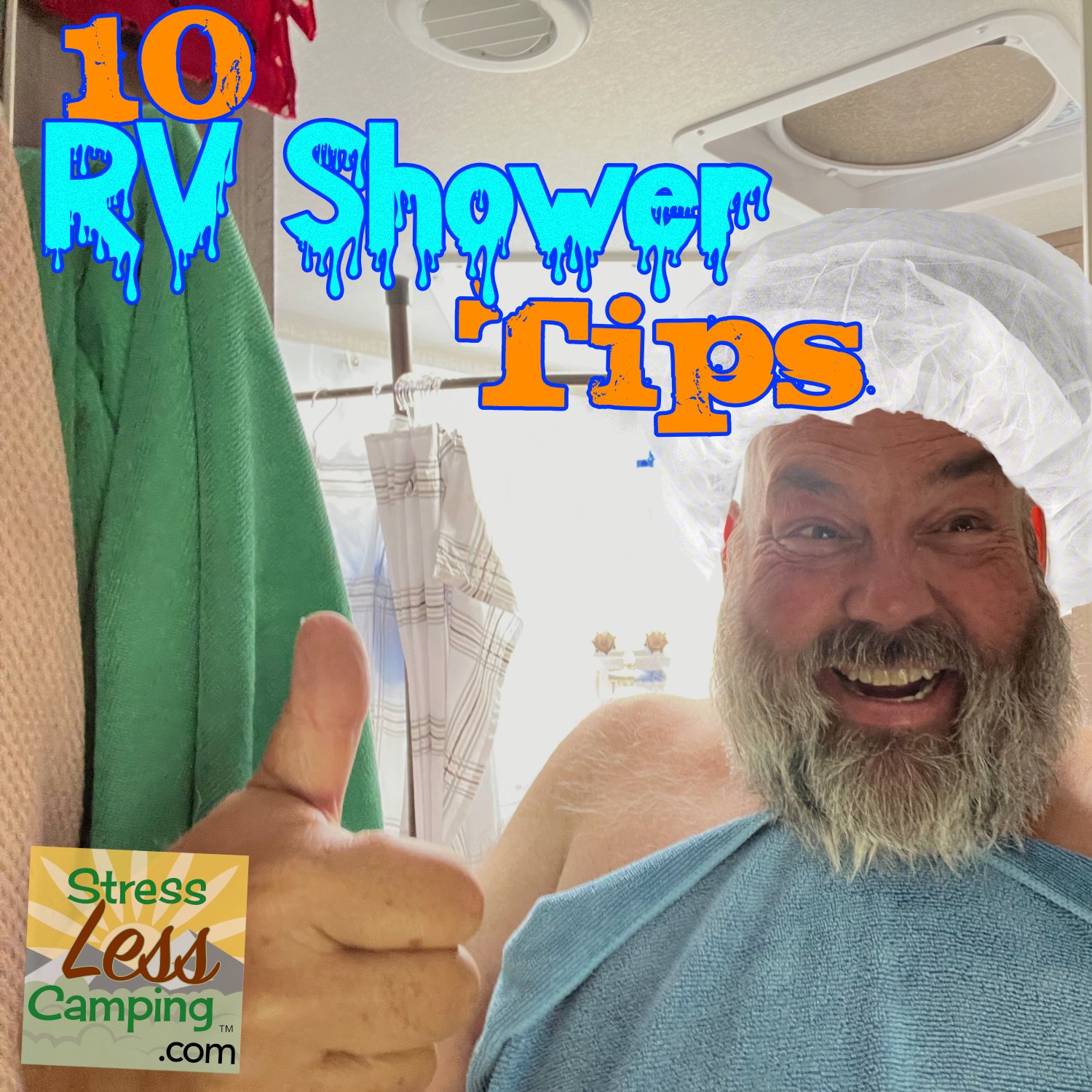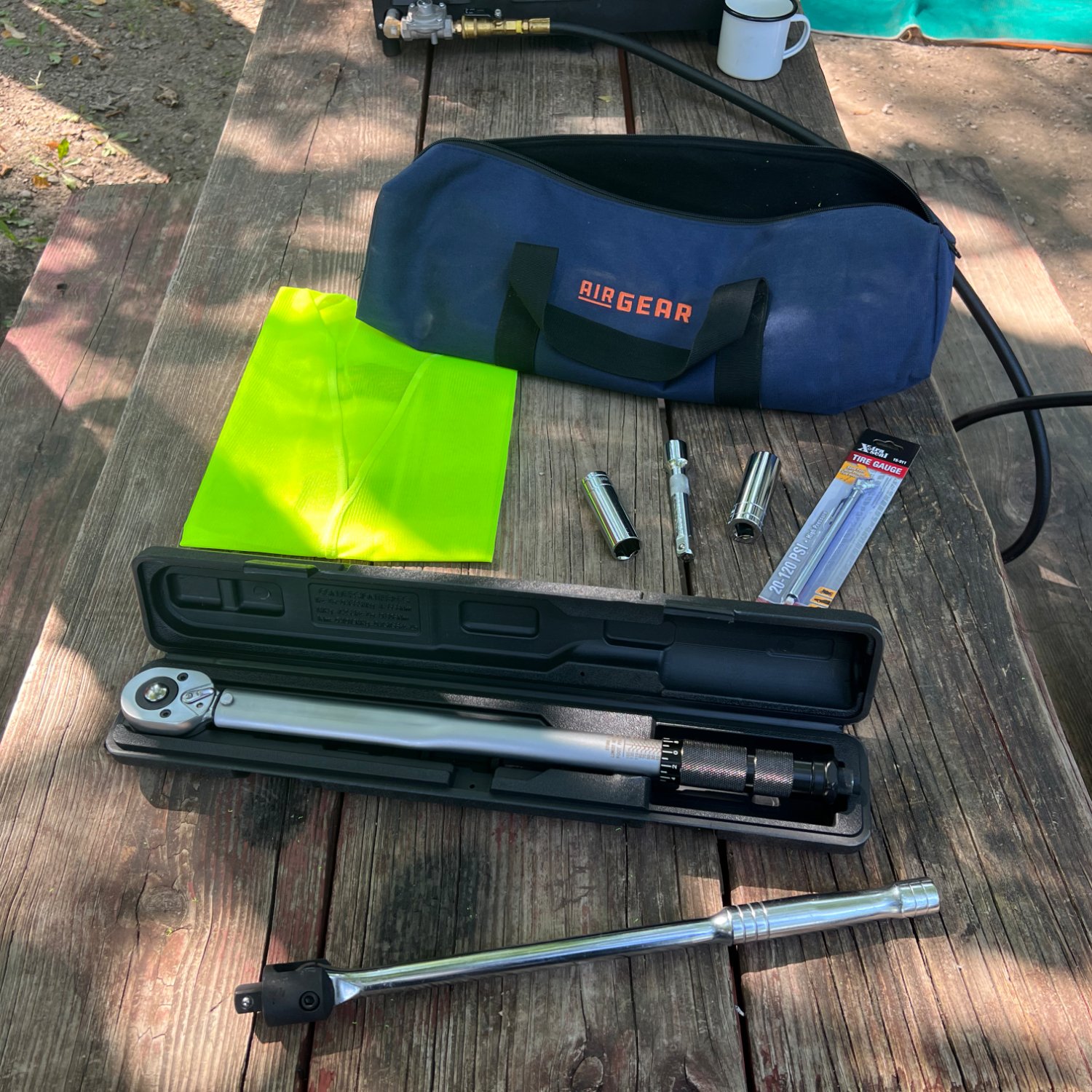Do I need an RV water pressure regulator
Do I need to buy an RV water pressure regulator? Is this an essential piece of RV gear? We believe you do and here’s why.
In this article, we will delve into the importance of RV water pressure regulators, their functionality, installation, and maintenance. By the end, you'll have a comprehensive understanding of why these devices are indispensable for any RV enthusiast.
Campground water pressure can vary by place to place and also by time of day
Understanding RV water pressure
Campground water sources often have higher water pressure than what is suitable for RV plumbing systems. Excessive pressure can cause leaks, bursts, or damage to various components.
A water pressure regulator acts as a protective barrier between the external water source and your RV, ensuring the pressure remains within safe limits.
It’s also possible that the water pressure is relatively low at some times of day but extremely high at others due to demand by all those other campers in the same space. You might not think the water pressure’s all that high when you set up camp but, in the middle of the night, things could change dramatically resulting in a leak.
The PEX plumbing in RVs is very durable but the fittings are where most RVers experience issues
The role of an RV water pressure regulator:
A water pressure regulator is a device designed to reduce and regulate the water pressure entering your RV’s plumbing system. It acts as a safeguard, preventing sudden spikes in pressure and maintaining a consistent flow throughout your RV. By keeping the pressure at a safe level (usually around 40-50 psi), you can protect your pipes, faucets, water heater, and other plumbing fixtures from potential damage.
More important are the various joints and connectors in the RV’s plumbing system. While the PEX pipe that is currently being used in many RVs is designed to withstand high pressures, often the connectors in the system are the point of failure.
Honestly I don’t remember the last time I saw an actual PEX pipe break in an RV but I’ve had several connectors fail myself and know a lot of RVers with the same experience.
An RV water pressure regulator that we carry in our own RV. This is part of our RV water toolbox that we always have with us.
Choosing the Right RV Water Pressure Regulator:
Selecting the appropriate water pressure regulator for your RV is crucial. Consider the following factors when making your choice:
Pressure Range: Look for a regulator with a pressure range suitable for your needs and compatible with your RV's plumbing system. I prefer the ones where you can change the incoming water pressure based on your preference and the campground.
I also like the units that have a dial that shows the incoming water pressure so you can see what’s going on.
Flow Capacity: Ensure the regulator can handle the flow rate required by your RV's water supply demands. Some less expensive regulators will also reduce the volume of water coming into your RV.
Durability and Material: Opt for a regulator made from durable materials such as brass or stainless steel, as they offer longevity and reliability.
how to install the RV water pressure regulator and adjust it
Installing an RV Water Pressure Regulator:
If you can install a garden hose, it should be no problem to install an RV water pressure regulator. I like the ones that are external to the RV simply because, if there’s a failure, you can replace it easily.
Locate the water source connection on your RV.
Attach the regulator to the water source connection, ensuring a secure fit.
Connect the other end of the regulator to your RV’s water inlet.
Tighten all connections using the appropriate tools.
Test the water pressure to ensure it falls within the desired range. If not, use the adjustment provision.
Maintaining Your RV Water Pressure Regulator:
To prolong the lifespan and effectiveness of your water pressure regulator, regular maintenance is essential:
Inspect the regulator for any signs of wear or damage.
Clean the regulator periodically to remove sediment or debris that may hinder its functionality.
Check for leaks or drips and promptly repair or replace any faulty parts. We keep an extra set of RV water hose washers in our RV tool box including those that have the little screens in them.
Test the water pressure periodically with a known source to ensure the regulator is functioning correctly.
What if my water pressure is too low in my RV?
For many campgrounds feeding all those RVs with pipes that may have been around a long time is a challenge. If everybody gets up to take a shower at the same time you may find that your water pressure is pretty low. This is an easy problem to solve.
The built-in water pump in your RV could be the answer to this. Many’s the time that we have used the campground’s water to fill the fresh water tank in our RV and then used the built-in water pump.
Typically this pump provides about 55 PSI of water pressure which is plenty for a great shower, especially if you’ve also installed this RV shower head replacement.
We also have a story on nine tips for showering in your RV including water saving tips while boondocking.
Conclusion:
Investing in an RV water pressure regulator is a wise decision for any RV owner. By maintaining optimal water pressure, you safeguard your RV's plumbing system, prolong its lifespan, and avoid costly repairs. Remember to choose a regulator suitable for your needs, install it correctly, and perform regular maintenance to ensure a smooth flow of water during your adventures. Happy RVing!


